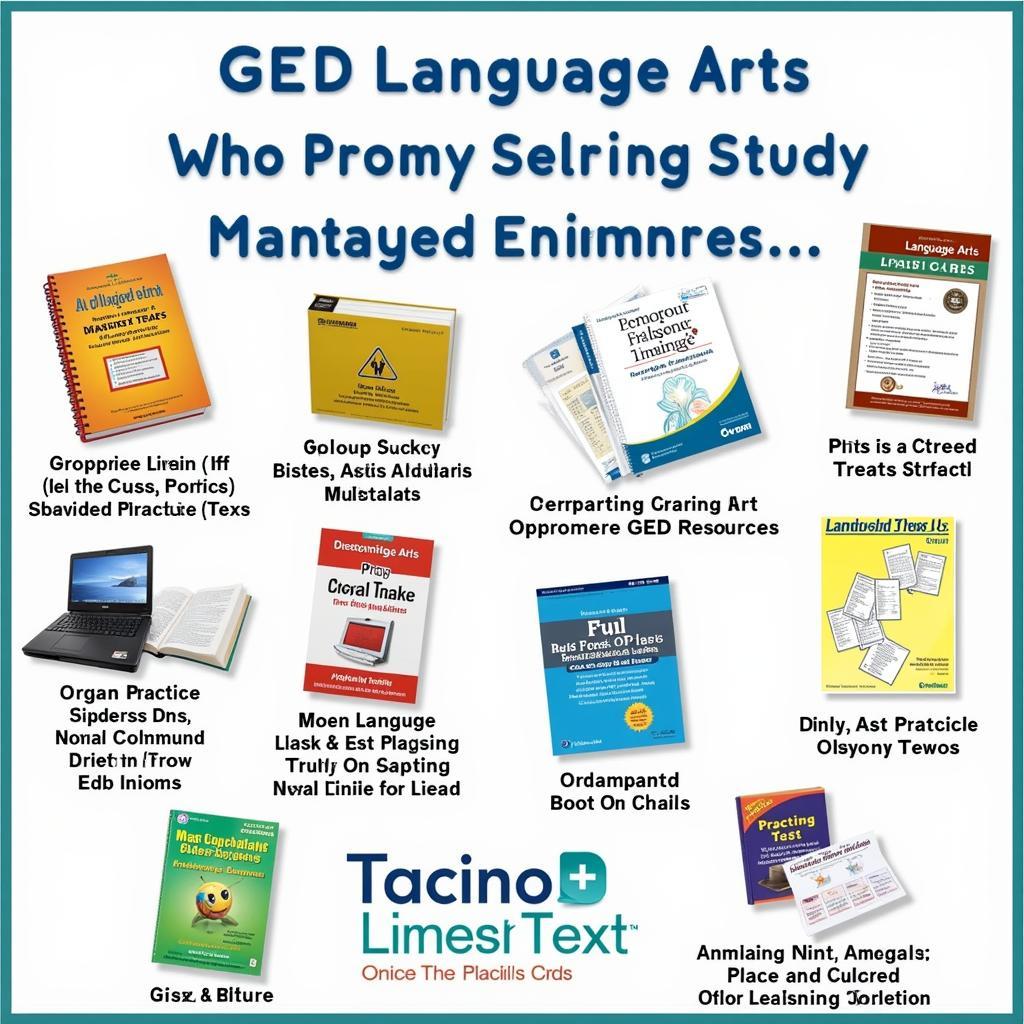The ASEAN region is a melting pot of diverse cultures, economies, and languages. This vibrant region is also home to a growing number of businesses and individuals seeking seamless and cost-effective ways to transfer money across borders. ASEAN money transfer is a crucial aspect of facilitating trade, investment, and personal remittances within the region.
This comprehensive guide explores the complexities of ASEAN money transfer, providing insights into different methods, cost considerations, regulatory frameworks, and emerging trends. Whether you are a business owner looking to expand operations into ASEAN markets or an individual sending money to family abroad, this article will equip you with the knowledge needed to navigate the world of ASEAN money transfer with confidence.
Understanding the ASEAN Money Transfer Landscape
ASEAN money transfer refers to the process of sending and receiving money across borders within the ten member states of the Association of Southeast Asian Nations (ASEAN). The region boasts a rapidly growing economy, driven by strong intra-regional trade, tourism, and remittances. As a result, the demand for reliable and efficient money transfer services is steadily increasing.
Popular Methods of ASEAN Money Transfer
Several methods are available for transferring money within the ASEAN region, each catering to different needs and preferences.
1. Traditional Bank Transfers
Traditional bank transfers are a widely used method, offering a secure and established option for larger sums. However, they can be slow and incur significant fees, especially for cross-border transactions.
2. Money Transfer Companies
Money transfer companies, such as Western Union and MoneyGram, offer fast and convenient solutions, allowing for cash pick-up or direct deposit into bank accounts. These companies often have extensive networks across ASEAN, making them a suitable choice for smaller remittances.
3. Digital Wallets and Mobile Money
Digital wallets and mobile money platforms, such as GrabPay, GoPay, and ShopeePay, are gaining popularity due to their speed, convenience, and lower fees. They allow users to send and receive money instantly, using their smartphones or tablets.
4. Peer-to-Peer (P2P) Transfer Platforms
P2P transfer platforms, like Wise and Remitly, leverage technology to offer competitive exchange rates and transparent pricing. They facilitate seamless online transfers between individuals and businesses, eliminating the need for physical branches.
Factors to Consider When Choosing an ASEAN Money Transfer Method
Selecting the right ASEAN money transfer method depends on several factors, including:
- Amount of money being transferred: Different methods have varying minimum and maximum transfer limits.
- Speed of transfer: Some methods are faster than others, with real-time transfers becoming increasingly common.
- Transfer fees: Each method has associated fees, which can vary significantly depending on the provider and the transfer amount.
- Exchange rates: Exchange rates fluctuate constantly, impacting the final amount received. Choosing a provider with competitive exchange rates can save you money.
- Security and regulations: Ensuring that the chosen provider is compliant with local regulations and has robust security measures is essential.
Regulatory Landscape of ASEAN Money Transfer
The regulatory landscape for ASEAN money transfer is diverse, with each member state having its own set of rules and regulations. However, there are common themes across the region, including:
- Anti-Money Laundering (AML) and Combating the Financing of Terrorism (CFT): ASEAN member states have implemented stringent AML/CFT regulations to prevent money laundering and terrorist financing activities.
- Know Your Customer (KYC) requirements: Financial institutions and money transfer providers are required to verify the identity and background of their customers to ensure compliance with regulatory requirements.
- Data protection laws: Data privacy laws are becoming increasingly important in the ASEAN region, with companies required to protect the sensitive information of their customers.
Emerging Trends in ASEAN Money Transfer
Several emerging trends are shaping the ASEAN money transfer landscape, including:
- Increased adoption of digital technologies: Digital wallets, mobile money, and P2P transfer platforms are gaining popularity, offering faster, more convenient, and lower-cost options.
- Focus on regulatory harmonization: ASEAN member states are working together to harmonize their regulatory frameworks, facilitating seamless cross-border transfers and promoting regional integration.
- Growth of financial inclusion: Initiatives are being implemented to promote financial inclusion, bringing financial services to underserved populations in the region.
Tips for Making Seamless ASEAN Money Transfers
Here are some practical tips for ensuring smooth ASEAN money transfers:
- Compare different providers: Research and compare different providers, including banks, money transfer companies, digital wallets, and P2P platforms, to find the best option for your needs.
- Understand exchange rates: Pay attention to exchange rates and choose a provider with competitive rates to maximize the amount received.
- Check for transfer fees: Be aware of transfer fees associated with each method and factor them into your decision.
- Verify the recipient’s details: Ensure that you have the correct recipient name, account number, and other relevant details to avoid delays or errors.
- Keep track of your transactions: Maintain records of your transfers, including transaction IDs and confirmation emails, for future reference.
FAQ
Q1: What are some of the most popular money transfer companies operating in ASEAN?
A: Some of the most popular money transfer companies operating in ASEAN include Western Union, MoneyGram, WorldRemit, and Remitly.
Q2: What are the advantages of using digital wallets for ASEAN money transfers?
A: Digital wallets offer several advantages, including faster transfer speeds, lower fees, and convenience. They are particularly attractive for smaller remittances and peer-to-peer transfers.
Q3: Are there any regulations governing ASEAN money transfers?
A: Yes, each ASEAN member state has its own set of regulations governing money transfers, including AML/CFT requirements and KYC rules.
Q4: What are the emerging trends shaping the ASEAN money transfer landscape?
A: Key emerging trends include the increased adoption of digital technologies, regulatory harmonization, and the promotion of financial inclusion.
Q5: How can I ensure a seamless ASEAN money transfer experience?
A: To ensure a seamless experience, compare different providers, understand exchange rates and fees, verify recipient details, and keep track of your transactions.
Conclusion
ASEAN money transfer is essential for facilitating cross-border transactions within the region, supporting trade, investment, and personal remittances. Understanding the available methods, regulatory frameworks, and emerging trends is crucial for making informed decisions and ensuring a smooth transfer experience. By leveraging the insights provided in this guide, individuals and businesses can navigate the ASEAN money transfer landscape with confidence, promoting seamless transactions and contributing to the economic growth and integration of the region.

